
 Instagram
Instagram
7 Effective Alternatives to Deadlifts for Muscle Gains

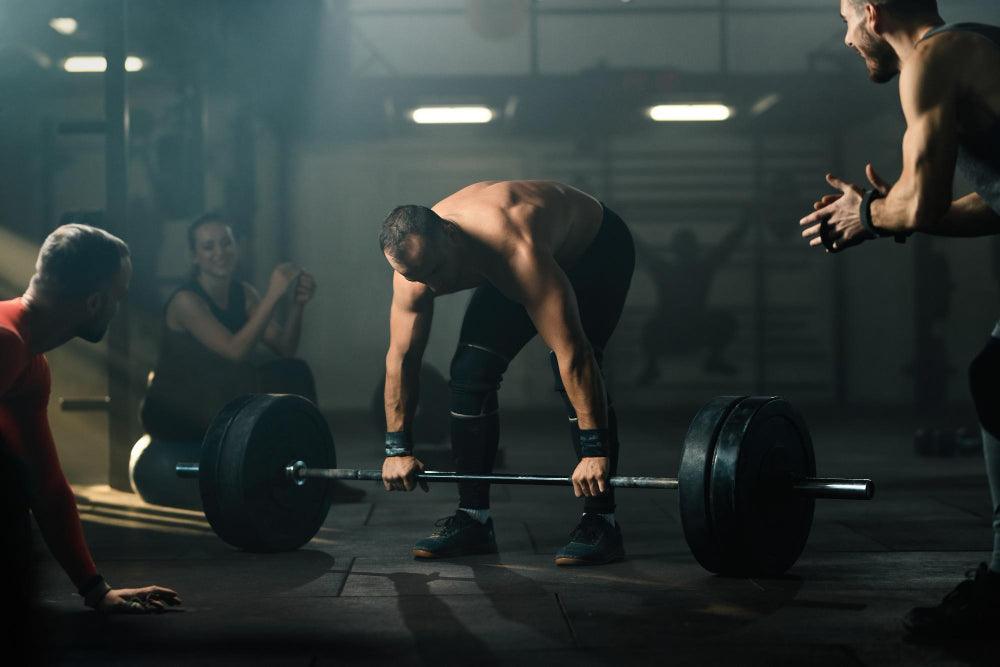
Related products

Importance of Deadlifts for Muscle Gains
The deadlift is a compound movement pivotal for enhancing muscular strength, hypertrophy, and sports performance. It engages multiple muscle groups across the posterior chain, notably the hamstrings, glutes, lower back, and core. The comprehensive activation of these muscles not only facilitates significant gains in muscle mass and functional strength but also plays a crucial role in improving athletic performance. By building strength and power in key muscle groups, the deadlift enhances an athlete's ability to generate force, maintain stability, and improve posture, all of which are vital for performance in a range of sports. Whether for sprinting, jumping, or lifting, this foundational movement is an essential part of any training programme aimed at boosting overall athletic ability
Reasons for Seeking Alternatives
Individuals may seek alternatives to deadlifts for various reasons such as injuries, lack of specific equipment, or simply to add variety to their fitness regimen. For example, lower back issues may deter someone from engaging in conventional deadlifts. Additionally, the monotony of a routine might lead to decreased motivation and plateaued results. Those focused on mass and muscle gainer might look for exercises that provide similar benefits but with less strain on the body. Alternatives can help target key muscle groups like the hamstrings, glutes, and lower back, allowing for continued progress in mass and muscle gainer while minimising the risk of injury. Incorporating such alternatives can ensure both effective training and enhanced gains in mass and muscle gainer without the limitations of traditional deadlifts.
Overview of the Benefits of the Alternatives
The alternatives to deadlifts presented in this article aim to target similar muscle groups while reducing the risk of injury and breaking the monotony of workout routines. Each alternative has its unique benefits, making them suitable for a wide range of fitness levels and goals, after finding out more about the alternatives, continue to learn more about Why is It Important Train Legs (Don’t Skip Leg Day)
1. Kettlebell Swings
Kettlebell swings are a dynamic exercise that improves strength, power, and endurance. The movement targets the glutes, hamstrings, and lower back, promoting muscle gains and enhancing cardiovascular health. Dr. Angela Smith, a specialist in sports medicine, suggests that kettlebell swings also improve posture and balance, which are essential for a healthy musculoskeletal system.
Muscles Targeted
The primary muscles engaged during kettlebell swings include the gluteus maximus, hamstrings, and erector spinae. For those looking to maximise their muscle-building efforts, incorporating BCAA (branched-chain amino acids) supplements can help reduce muscle breakdown and promote recovery after intense kettlebell training, supporting muscle growth and repair. The exercise also involves the core and shoulders, providing a comprehensive workout that mirrors the muscle engagement of deadlifts.
Proper Form and Technique
Proper technique is crucial to maximise the benefits of kettlebell swings while minimising injury risk. Start with the feet shoulder-width apart, gripping the kettlebell with both hands. Bend at the hips, keeping the back straight, then drive through the hips to swing the kettlebell upward to chest height, maintaining a neutral spine throughout the movement. For enhanced energy and strength during your workouts, supplementing with creatine can provide an extra boost, improving performance, especially in high-intensity movements like kettlebell swings.
Common Mistakes to Avoid
Common errors include overextending the back at the top of the swing and using the arms to lift the weight rather than driving through the hips. These mistakes can lead to back strain and reduce the effectiveness of the exercise. Ensuring proper form and technique is essential for safety and efficacy.
2. Hex Bar Deadlifts
The hex bar deadlift, also known as the trap bar deadlift, is a variation that allows for a more natural position due to the hexagonal design of the bar. This modification reduces stress on the lower back, making it a suitable alternative for individuals with back concerns. According to Dr. Lucas Carr, an expert in physical therapy, hex bar deadlifts can offer similar strength and hypertrophy benefits to conventional deadlifts while lowering the risk of injury.
Muscles Targeted
The primary muscles engaged during kettlebell swings include the gluteus maximus, hamstrings, and erector spinae. For those looking to maximise their muscle-building efforts, incorporating BCAA (branched-chain amino acids) supplements can help reduce muscle breakdown and promote recovery after intense kettlebell training, supporting muscle growth and repair. The exercise also involves the core and shoulders, providing a comprehensive workout that mirrors the muscle engagement of deadlifts. If you’re using kettlebells in your routine, consider using the Jordan Kettlebell Wrist Guard Pair for added wrist protection and comfort during each swing.
How it Differs from the Traditional Deadlift
Unlike the traditional deadlift, the hex bar allows the lifter to stand within the weight, promoting a more upright torso position. This adjustment shifts the emphasis slightly towards the quadriceps and reduces the leverage on the lower back. To get the most out of your hex bar deadlifts, you can use the Jordan 6ft Hex Bar Steel, which offers a durable and versatile option for your strength training routine.
Instructions for Proper Execution
Begin by stepping inside the hex bar and positioning the feet hip-width apart. Bend at the hips and knees to grasp the handles, keeping the spine neutral. Lift by extending the hips and knees, keeping the core engaged and the back straight throughout the movement. Lower the bar by reversing the motion, maintaining control and alignment.
3. Good Mornings
Good mornings are a barbell exercise that strengthens the lower back, hamstrings, and glutes. They are an effective alternative to deadlifts, particularly for those focusing on the posterior chain's strength and flexibility. However, they must be performed with caution and correct form to prevent injury.
Muscles Targeted
The primary focus of good mornings is on the erector spinae, hamstrings, and gluteal muscles. These are the same primary movers targeted during a conventional deadlift, making good mornings an excellent alternative for muscle gains in these areas.
Step-by-Step Guide to Proper Form
To perform good mornings, start with a barbell positioned on your upper back, similar to the placement for a back squat. With feet shoulder-width apart, hinge at the hips, keeping the back flat and bending forward until the upper body is almost parallel to the floor. Return to the starting position by extending the hips.
Safety Tips
It is crucial to keep the back straight and avoid rounding the spine throughout the movement. Starting with a lighter weight is advisable until the technique is perfected. Dr. Emily Carter, a physiotherapist, emphasises the importance of progressing gradually with this exercise to avoid lower back injuries.
4. Bulgarian Split Squats
Bulgarian split squats are an effective lower body exercise that enhances strength, balance, and muscle symmetry. By elevating the rear leg, the exercise increases the load on the front leg, intensifying the workout and improving muscle gains. Dr. Susan Green, an orthopaedic specialist, notes that the exercise also aids in identifying and correcting imbalances between legs, which is crucial for injury prevention.
Muscles Targeted
This exercise primarily targets the quadriceps and glutes of the front leg. Additionally, the hamstrings and calf muscles receive secondary engagement. The core muscles are also activated to maintain balance and posture throughout the movement.
Execution of the Exercise
Position yourself in a lunge stance with the rear foot elevated on a bench or step. Ensure the front foot is far enough forward that the knee stays directly over the ankle during the lunge. Lower the body by bending the front knee, keeping the torso upright and the hip, knee, and foot in alignment. Drive through the heel of the front foot to return to the starting position.
Variations for Increased Intensity
For increased intensity, Bulgarian split squats can be performed with dumbbells or a barbell. Additionally, incorporating a pulse at the bottom of the lunge or increasing the elevation of the rear foot can further challenge the muscles. To aid with proper form and reduce strain, consider using the Booty Builder Belt Squat, which helps focus on the glutes and thighs during the movement.
5. Hip Thrusts
Hip thrusts are a potent exercise aimed at maximising gluteal muscle engagement and development. Dr. Helen Waters, a physiotherapist specialising in sports injuries, advocates for hip thrusts due to their effectiveness in isolating and strengthening the glutes, a crucial muscle group for athletic performance and spinal health.
Muscles Targeted
The primary muscle targeted is the gluteus maximus. Secondary engagement occurs in the hamstrings, lower back, and core.
Technique for Maximum Effectiveness
Begin seated on the ground with a bench behind you and a loaded barbell over your hips. Lean back so that your shoulder blades rest on the bench. Drive through your heels, extending your hips vertically. Squeeze the glutes at the top of the movement before lowering the hips back to the starting position. For added comfort and support during this movement, try the Jordan J75 Hip Thrust Pad Attachment, which helps cushion your hips while performing the thrusts.
Common Errors and How to Correct Them
Common mistakes include overextending the lower back and not fully engaging the glutes. Correct these by focusing on squeezing the glutes throughout the movement and maintaining a neutral spine.
6. Single-Leg Romanian Deadlifts
The single-leg Romanian deadlift is a unilateral exercise that improves balance, coordination, and muscular strength. This variation targets the posterior chain while challenging stability and core strength.
Muscles Worked
The exercise primarily targets the hamstrings, glutes, and lower back of the standing leg. The core muscles are also engaged to maintain balance.
Detailed Guide to the Movement
Stand on one leg, holding a dumbbell or kettlebell in the opposite hand. Hinge at the hips, extending the free leg behind you for balance. Lower the weight toward the ground, keeping the spine neutral, then return to the starting position.
Tips for Balance and Stability
Begin without weights to master the movement pattern. Focus on a point on the floor to improve balance. Gradually add weight and use a wall or chair for support if necessary.
7. Back Extensions
Back extensions are a lower back exercise that strengthens the erector spinae muscles, which are essential for posture and spinal stability. Regularly performing back extensions can improve muscle endurance and support the spine.
Targeted Muscle Groups
The primary focus is on the erector spinae muscles in the lower back. Secondary engagement occurs in the glutes and hamstrings.
Correct Form and Safety Precautions
Perform this exercise on a hyperextension bench, securing the feet and aligning the hips with the edge of the pad. With a neutral spine, hinge forward from the hips, then lift the torso up to a straight position. Avoid hyperextension and rapid movements to reduce the risk of injury. To intensify the exercise, you can incorporate the Booty Builder Selectorised Back Extension, which provides adjustable resistance for a more customised challenge.
Variations to Enhance the Exercise
To increase the challenge, hold a weight plate against your chest or perform the movement with a twist at the top to engage the oblique muscles.
People Also Ask
Is there a good substitute for deadlifts?
Yes, there are good substitutes for deadlifts that can help you target similar muscle groups and achieve comparable fitness results. Exercises such as kettlebell swings, hex bar deadlifts, Bulgarian split squats, hip thrusts, single-leg Romanian deadlifts, and back extensions can serve as effective alternatives, offering benefits like improved muscle strength, balance, and endurance.
Is it necessary to deadlift?
No, it is not strictly necessary to perform deadlifts to build strength or muscle. While deadlifts are highly effective for targeting multiple muscle groups simultaneously, you can achieve similar results with alternative exercises that fit your fitness level, equipment availability, and personal health considerations.
Can I build body without deadlift?
Yes, you can build your body and achieve significant muscle gains without performing deadlifts. By incorporating a variety of other compound and isolation exercises that target similar muscle groups, you can create a balanced workout routine that promotes muscle growth, strength, and overall fitness.
Can farmers walk replace deadlift?
Farmers walk can partially replace deadlifts in terms of improving grip strength, core stability, and endurance. While not a direct substitute for the muscle engagement and range of motion provided by deadlifts, farmers walks are beneficial for functional strength, posture, and carrying capacity. They complement a workout routine but may need to be combined with other exercises to fully address the muscle groups targeted by deadlifts.
Conclusion
Incorporating these effective alternatives to deadlifts can lead to significant muscle gains while accommodating individual needs and circumstances. Each exercise targets key muscle groups, offering variety and addressing common barriers to traditional deadlifts, such as equipment availability or injury concerns. By implementing these alternatives, individuals can continue to achieve their strength and muscle-building goals while maintaining a balanced and healthy fitness routine.


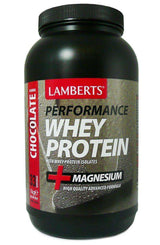
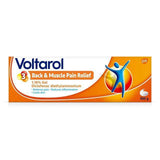

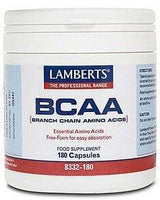



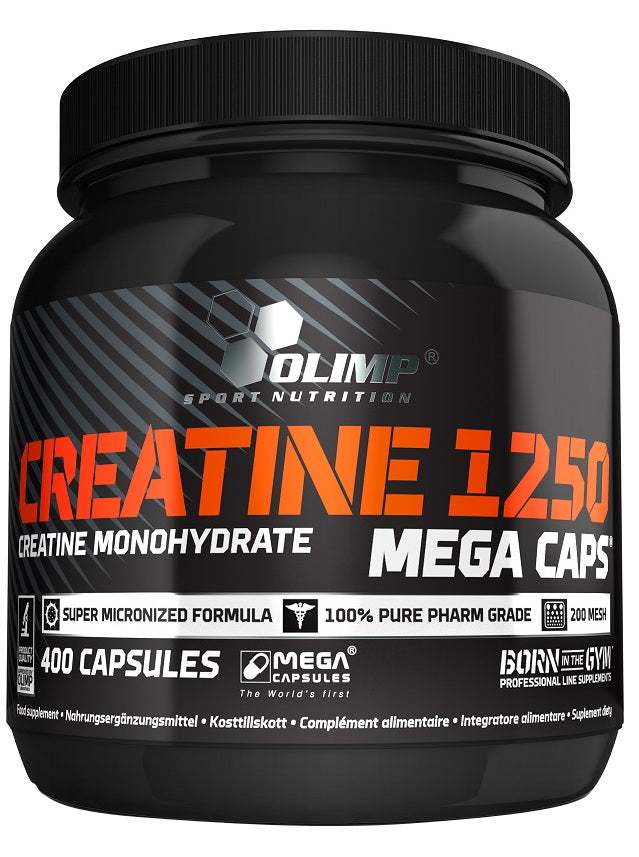
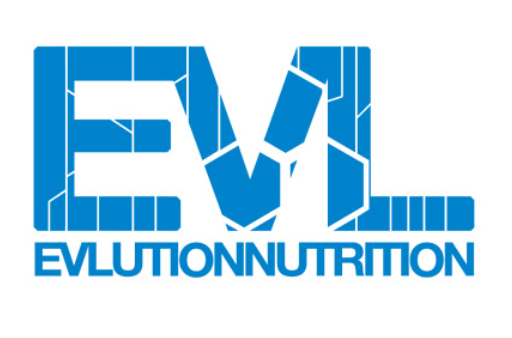








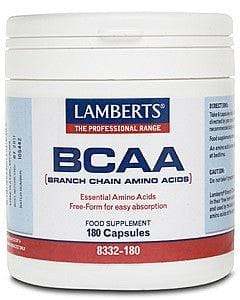


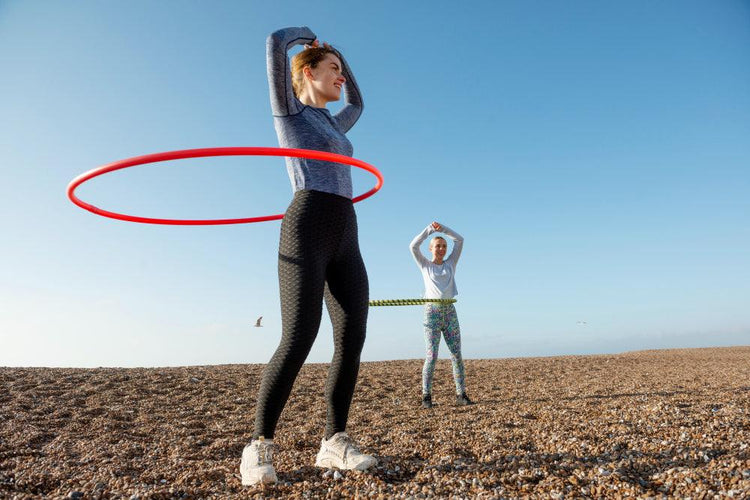
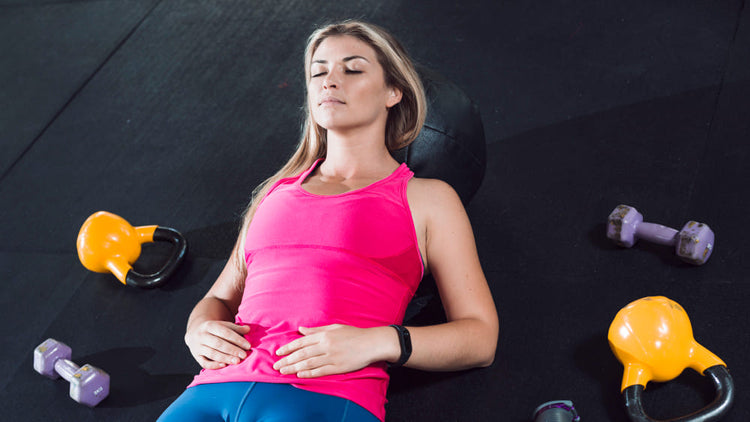
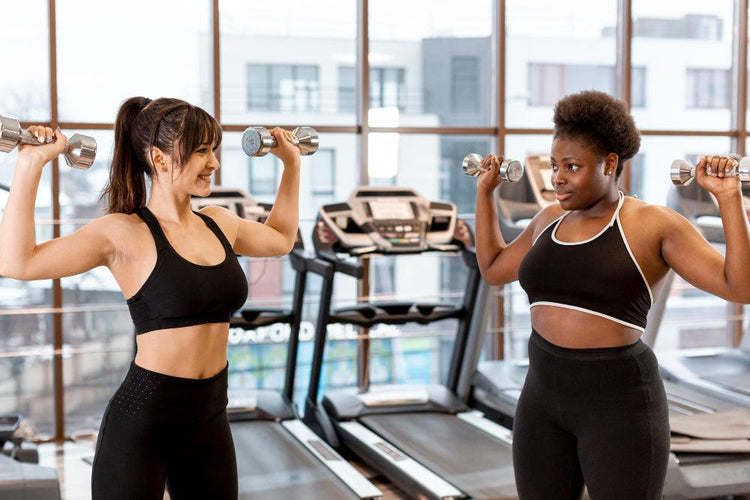
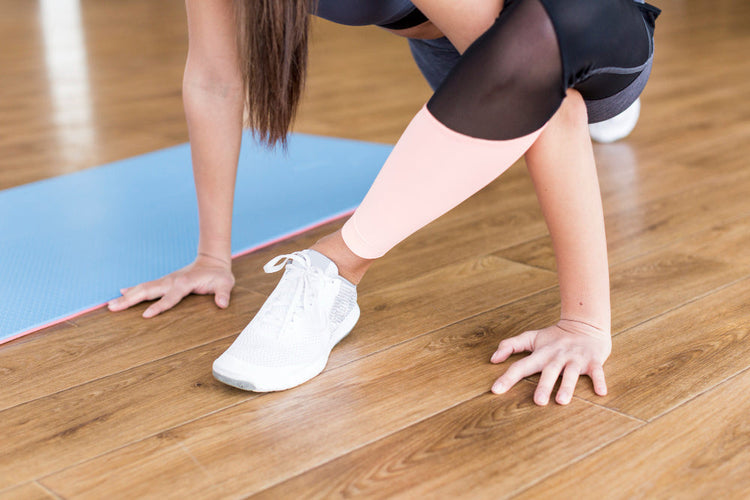
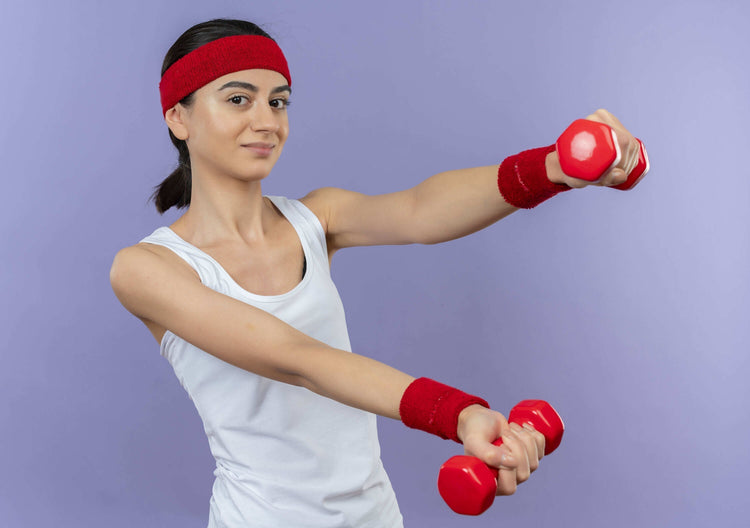
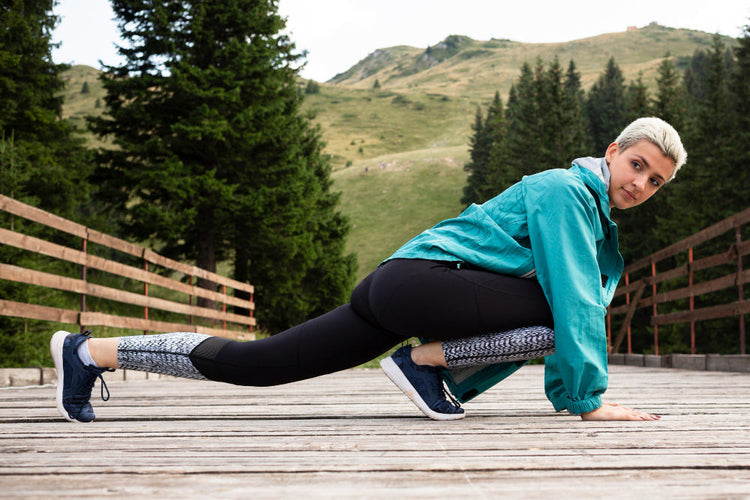
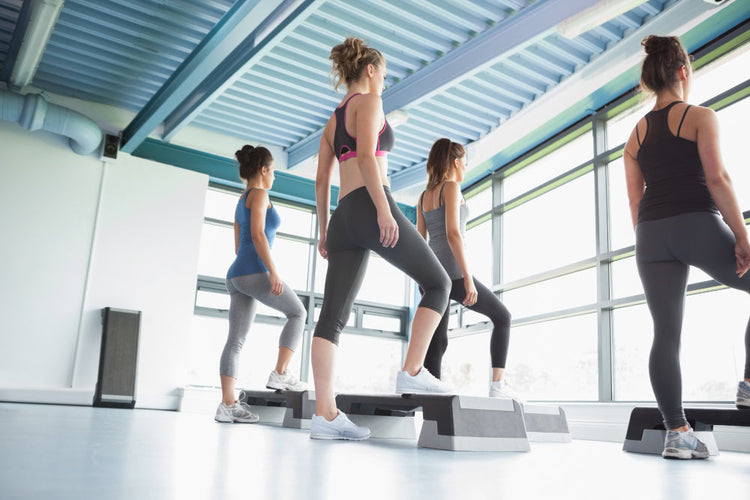
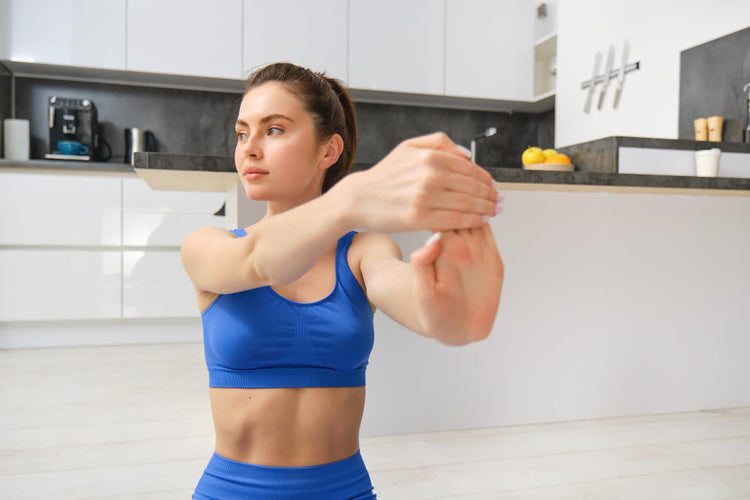
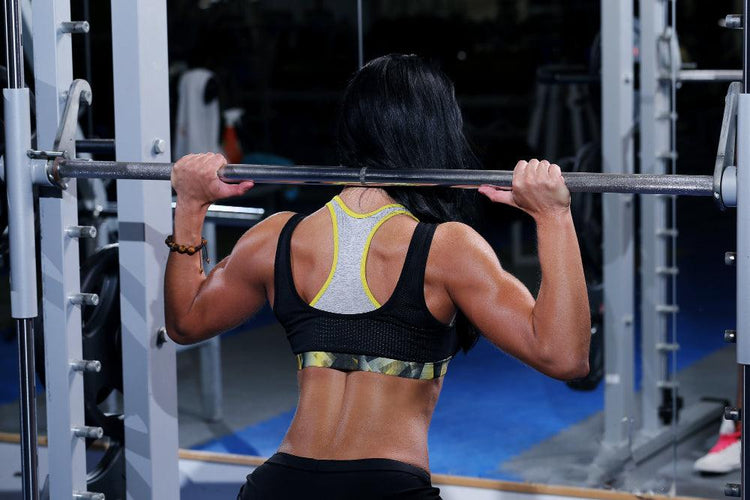
 Rated Excellent by 26,523+ Reviews
Rated Excellent by 26,523+ Reviews